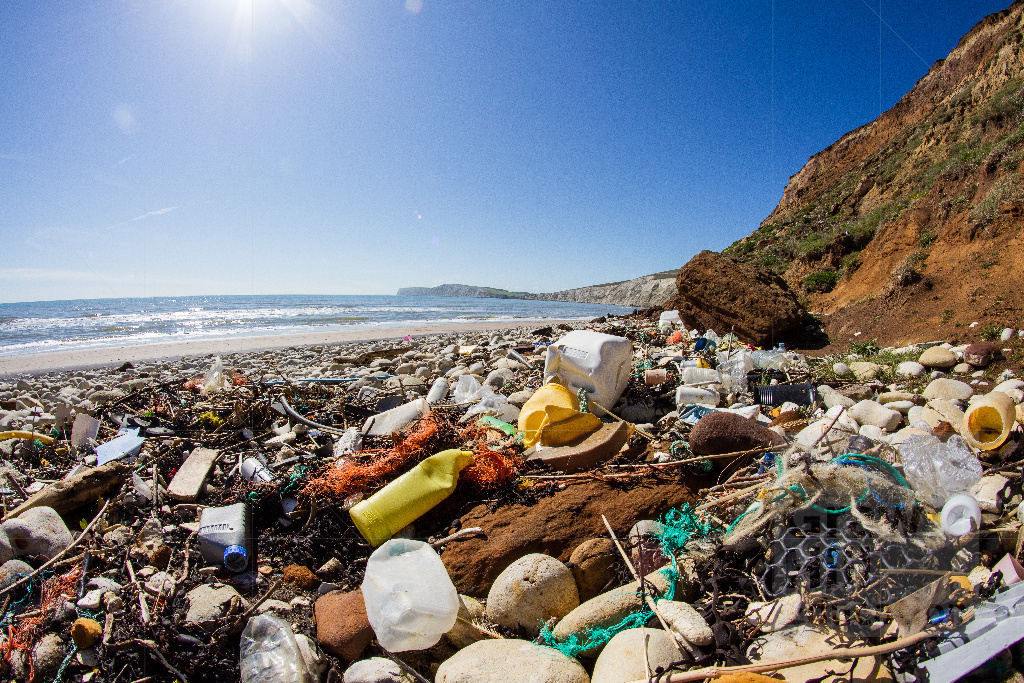In an attempt to quantify the amount of plastics ever produced and what has happened to them, researchers produced the first global analysis using data collected from plastic industry sources. As reported in Science Advances (July 2017), 8300 million metric tons (MT) of plastics have been produced to date and most of these plastics are still with us in the form of waste. Of the approximately 6300 MT of plastic waste generated, about 9 percent has been recycled, 12 percent incinerated, and the remaining 79 percent disposed of in landfills or littered in the natural environment. According to current projections, by 2050 about 12,000 MT of plastic waste will be in landfills or in the natural environment. See also: Polymer; Polymer recycling and degradation; Recycling technology

Some plastics, such as poly(vinyl chloride) for pipes found in buildings, remain in use for 50 years or longer. Other plastics, such as packaging materials and, in particular, polyethylene plastic shopping bags and polyethylene or polypropylene straws, have a useful life of only minutes. Plastics derived from petroleum products and natural gas are not biodegradable. However, over time they may break down into smaller and smaller pieces. As plastics break down, some of the particles release additives, such as toxic phthalate plasticizers and brominated flame retardants, and other particles enter the food chain, particularly in the ocean. Current estimates suggest that from 4 to 12 million MT of plastic enter the ocean each year and that these numbers could double in 10 years. See also: Biodegradation additives for polymers ineffective; Brominated flame retardants in the environment; Phthalates; Phthalates in western Aleutian Island seabirds; Polyolefin resins; Polyvinyl resins
Will we run out of landfill space? Probably not. Will we increase our recycling efforts? In the short term, probably not. For the most part, there is little incentive for recycling plastics because the price of virgin plastics is so low. Europe, China, and the United States recycle about 30, 25 and 9 percent plastics, respectively. The United States is not expected to increase its recycling efforts, because the Sustainable Materials Management program and the Waste Reduction Model, two U.S. Environmental Protection Agency (EPA) recycling and waste-management programs, have been targeted for elimination. Worldwide, about a trillion plastic bags are used each year. On average, a plastic bag has a useful life of about 15 minutes. In the United States, the EPA estimates that only five percent of these bags are recycled. Some states, such as California, have banned single-use plastic bags at retail stores. To counter such efforts, plastic-bag manufacturers have successfully lobbied politicians in Florida, Missouri, Idaho, Arizona, Wisconsin, and Indiana to pass laws prohibiting bag bans or taxes.





